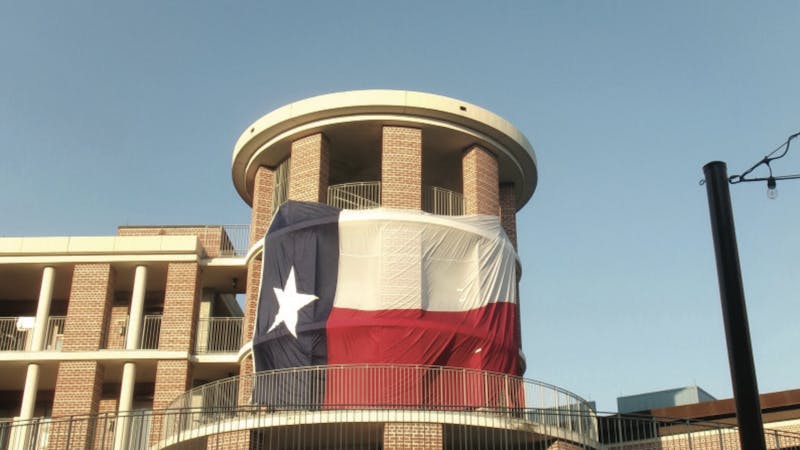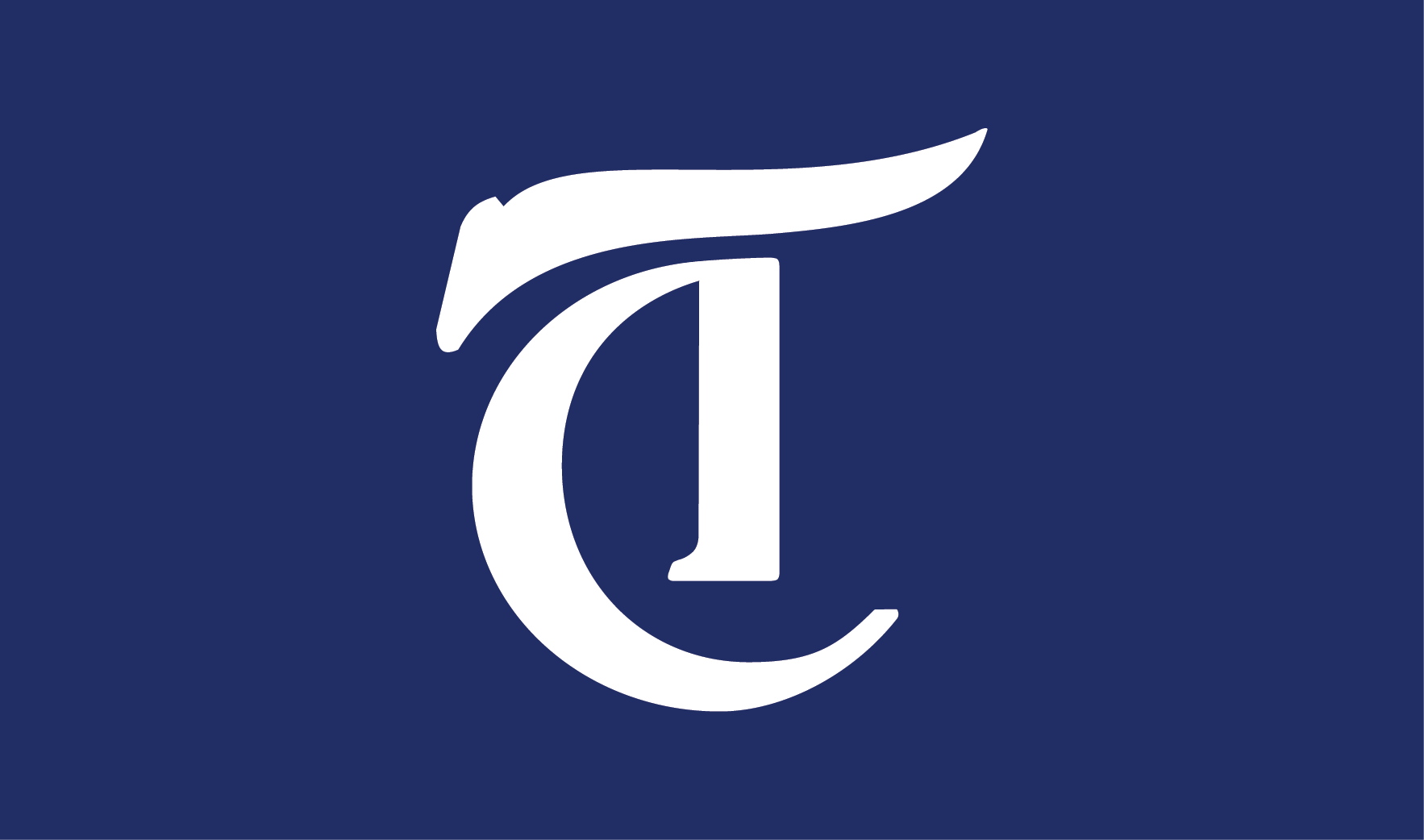Invisibility cloak designed
The invisibility cloak may not be a magical object only seen in the world of Harry Potter after all.
In his "Science of Invisibility" lecture, Sir John Pendry discussed the different approaches to making an invisibility cloak and its possible materials. The lecture took place on March 8 as part of the School of Engineering's Chapman Distinguished Lecture series.
Pendry is a condensed matter theorist at the Blackett Lab at Imperial College London. He is also the co-director of the Centre for Plasmonics and Metamaterials at the university.
Pendry is known for constructing metamaterials that led to the realization of a negative reflective index, which became one of the first steps toward achieving invisibility. He was knighted in 2004 for his contribution to science.
The lecture explained how creating negative refractive indexes enabled precise control of materials' response to electric and magnetic fields, which can be used to create invisibility cloaks.
Pendry started his lecture with an overview of optics. He noted a relationship between space and refraction.
According to Pendry, the idea is to alter space and create a curved space around the object, so that light traveling along the space would go around the object instead of reflecting back from it.
"We want to pull and stretch space as we wish ... [in order to create] a smooth distortion of space," Pendry said.
Pendry said this is done by putting a cloak around the object that has the right refractive indexes. A medium's refractive index describes how light propagates through that medium, so if the cloak has the appropriate refractive indexes, it can carefully redirect the trajectory of the light to come out of the other side of the object the same way as it goes in. This creates the illusion that the observer can see through the object.
Pendry built a structure that achieves those goals with David Smith from the University of California, San Diego. The structure was the first to achieve a negative refractive index, first described by Victor Veselago in 1967, that enables light to bend in the right way to achieve invisibility.
"We wanted to show that we have a very, very powerful design tool that can do surprising things," Pendry said, referring to the invisibility cloak. "Realistically, [the invisibility cloak] is not exact, but it is close."
Other tools attempting to achieve invisibility have been built since their breakthrough, according to Pendry, such as the Birmingham calcite cloak that utilizes natural material instead of metamaterial.
Martel College senior Adam Samaniego said he thought the lecture was engaging and knowledgeable.
"That said, I think he spent too much time reviewing history and elementary physics," Samaniego said, "I would have liked to hear more about his research and the physics behind the design of metamaterials and their peculiar geometries."
McMurtry College senior Richard Latimer said he found the approaches to creating invisibility cloaks interesting.
"Because there weren't too many technical details, I think the lecture did more to inspire and caused me to daydream [about] future applications of invisibility," Latimer said.
More from The Rice Thresher
Rice lands high on Niche, Forbes college ranking lists
Rice recently ranked No. 10 on Niche’s Best Colleges in America list and No. 12 on Forbes’ annual America’s Top Colleges list in 2026. It was also recognized in several categories by the Princeton Review, placing in the top 10 in four categories.
From post-human novels to augmented reality, Rice hires new faculty
Rice welcomed 97 new professors this fall across disciplines, including a posthumanist Harvard scholar, a husband-wife duo and a computer science professor who graduated from Rice thrice.

First public of the year reckons with threats of a dry campus
After a Dis-O that saw four times as many calls for intoxication-related transports of students to the hospital compared to the prior three years, Cory Voskanian, a Martel College socials head tasked with planning the first public of the year, said that he was feeling the pressure.


Please note All comments are eligible for publication by The Rice Thresher.